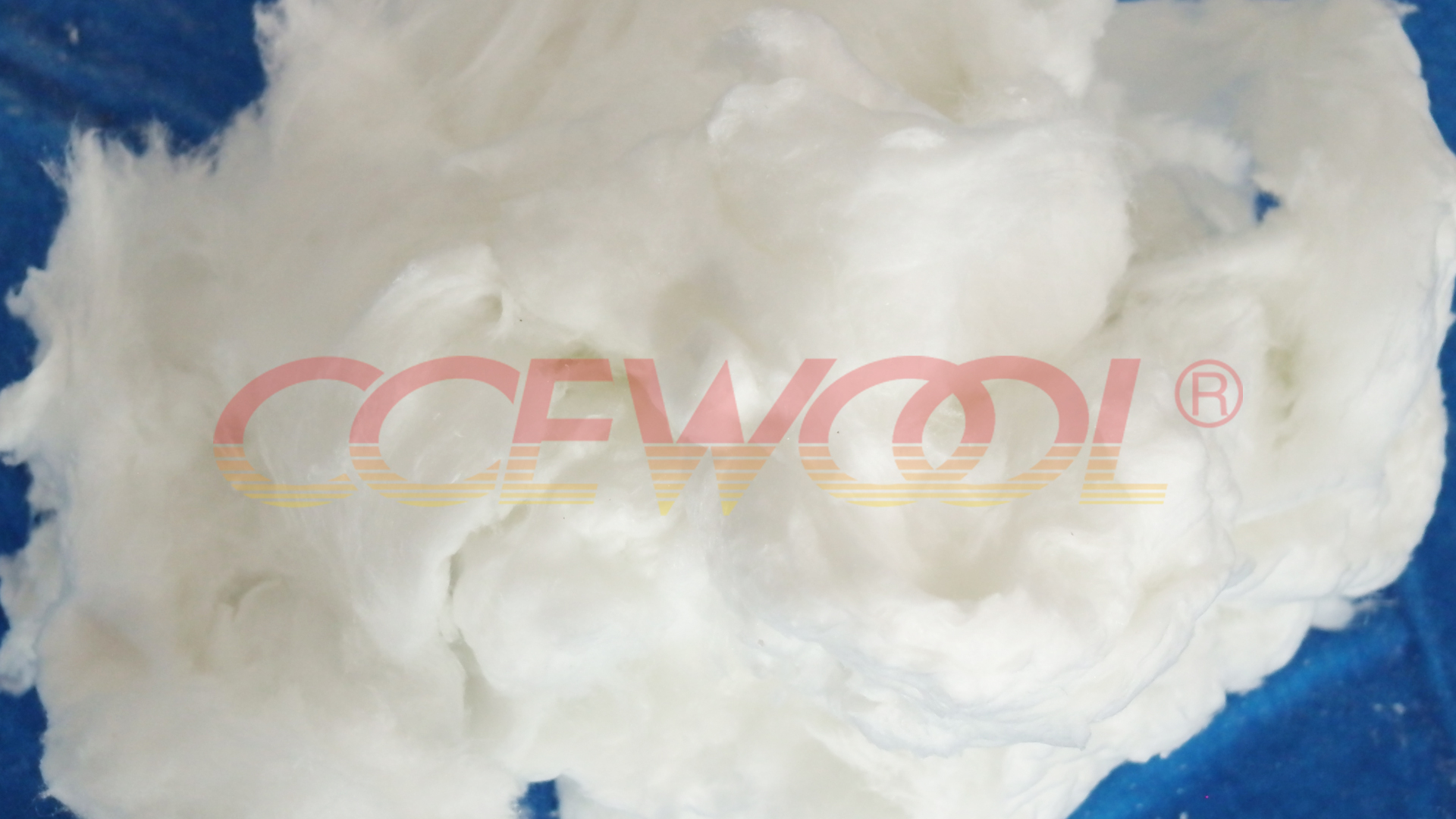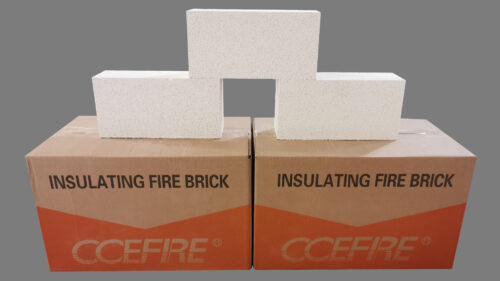Is ceramic bulk fiber insulation good?
- 11 Jun, 2025
- Industry

As the demand for energy-saving and efficient thermal insulation materials continues to rise in high-temperature industries, more companies are turning to loose-fill insulation solutions. Among them, ceramic bulk fiber stands out as a flexible, lightweight, and heat-resistant material. With its exceptional thermal stability and construction adaptability, ceramic bulk fiber has proven to be a highly effective solution for insulating industrial furnaces. So, is ceramic bulk fiber insulation worth it? The answer is: absolutely yes.
What is ceramic bulk fiber?
Ceramic bulk fiber is made by melting high-purity alumina (Al₂O₃) and silica (Al₂SiO₅) and forming ultra-fine fibers through spinning or blowing processes. These fibers are amorphous, soft, and fluffy, serving as the base material for ceramic fiber products such as paper, board, and blanket, or used directly as loose-fill insulation.
Key Advantages of CCEWOOL® Ceramic Bulk Fiber
Excellent thermal stability
It operates reliably in temperatures ranging from 1260°C to 1430°C, with outstanding thermal shock resistance, suitable for frequent heating and cooling cycles.
Flexible filling and easy installation
Its loose and soft structure allows easy filling of irregular furnace structures, corners, and curves, significantly improving sealing and insulation.
Low thermal conductivity and high energy efficiency
Effectively blocks heat transfer, reduces furnace energy consumption, and helps cut operating costs.
Eco-friendly and safe
CCEWOOL® ceramic bulk fiber is asbestos-free, non-toxic, and compliant with EU ROHS and REACH environmental standards.
Supports various deep-processing methods
It can be made into modules, gaskets, sprayable slurries, and composite materials for more application flexibility.
As a professional ceramic fiber manufacturer, CCEWOOL® operates advanced spinning and blowing lines, strictly controls fiber diameter and slag content, and ensures consistent performance and high insulation efficiency. We also offer custom packaging, pre-compression processing, and module pre-filling services to meet diverse project needs.



